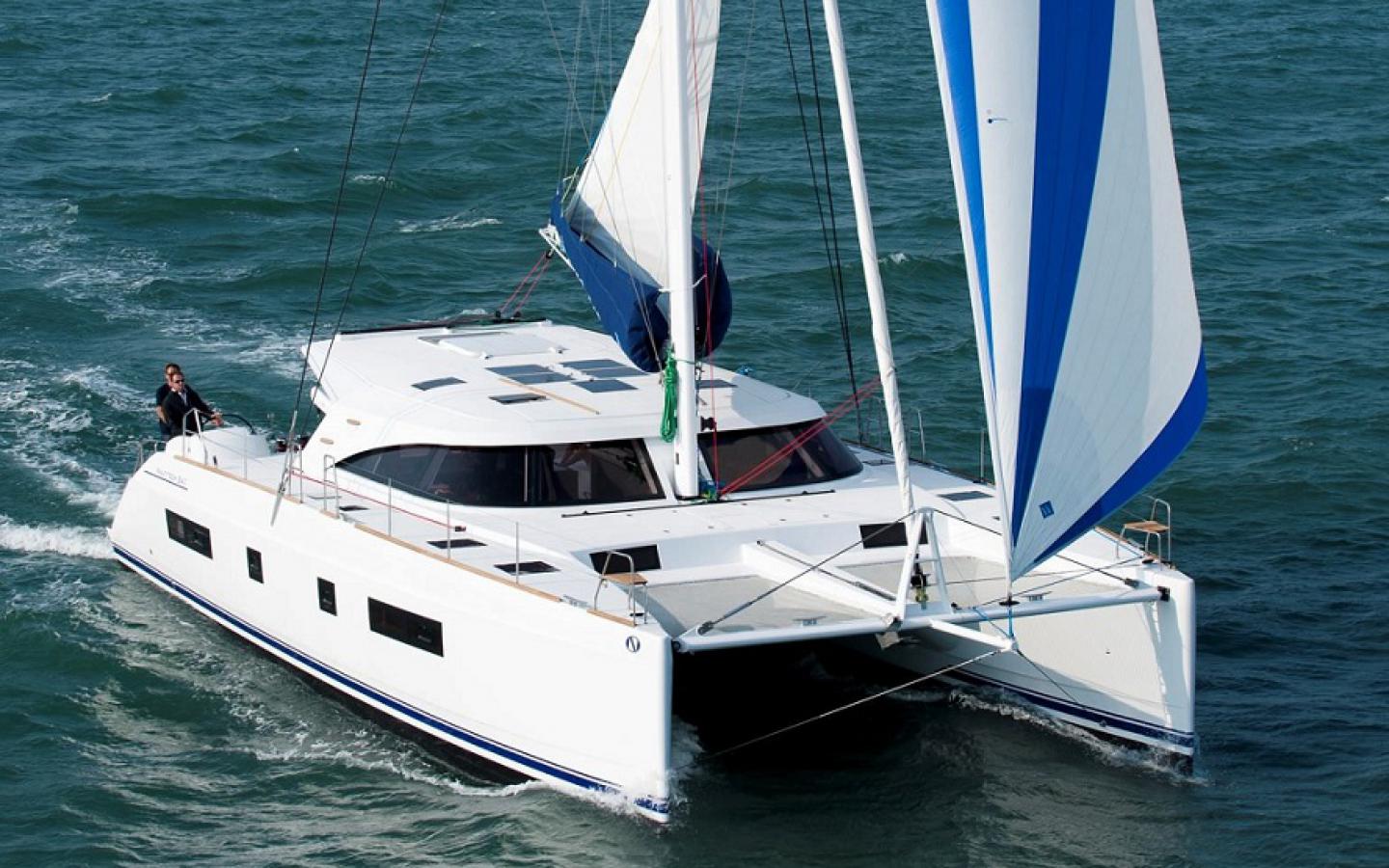
An internet imagery
SAINT-MALO, FRANCE (AFP): Dubbed the "Solar Impulse of the Seas," the first boat to be powered solely by renewable energies and hydrogen hopes to make its own historic trip around the world.
A water-borne answer to the Solar Impulse - the plane that completed its round-the-globe trip using only solar energy in July - the Energy Observer will be powered by the Sun, the wind and self-generated hydrogen when it sets sail in February as scheduled.
The multi-hulled catamaran is in a shipyard at Saint-Malo on France's west coast, awaiting the installation of solar panels, wind turbines and electrolysis equipment, which breaks down water to produce its component elements, hydrogen and oxygen.
"We are going to be the first boat with an autonomous means of producing hydrogen," says Frenchman Victorien Erussard, who is behind the project - confidential until now - with compatriot Jacques Delafosse, a documentary filmmaker and professional scuba diver.
The plan is for the boat's batteries, which will feed the electric motors, to be powered in good weather by solar and wind energy, explains the 37-year-old merchant navy officer with a smile.
"If there's no Sun or wind, or if it's night, stored hydrogen - generated by electrolysis powered by the solar panels and two wind turbines - will take over," he says.
As a result, the vessel's trip will not use any carbon-emitting fossil fuels, as is the case for 96 percent of boats today.
The vessel itself has a storied past.
The catamaran won the Jules Verne trophy, for a team sailing non-stop round the world, in 1994. It was bought for 500,000 euros (USD 562,000) and extended by a whopping six metres, to 30.5 metres (100 feet), for the project.
One of the backers of the endeavour is well-known French environmentalist Nicolas Hulot.
"I support it because it's the first project of this kind to actually be undertaken, it's ambitious and looking toward the future," Hulot, a former special envoy on environmental protection to President Francois Hollande, told AFP.
"It's very promising for marine transport," Hulot added.
"The Energy Observer is going to demonstrate that you can have great autonomy (at sea) and you can store and find energy when there isn't any more wind or sun."
Its world tour is expected to take six years. After a careful crossing of the Mediterranean, the catamaran will venture out into the Atlantic and then Pacific oceans.
In all, 101 stopovers are planned from Cuba to New Caledonia to Goa on India's west coast.
 Previous Article
Previous Article Next Article
Next Article












The Indian Air Force, in its flight trials evaluation report submitted before the Defence Ministry l..
view articleAn insight into the Medium Multi-Role Combat Aircraft competition...
view articleSky enthusiasts can now spot the International Space Station (ISS) commanded by Indian-American astr..
view article